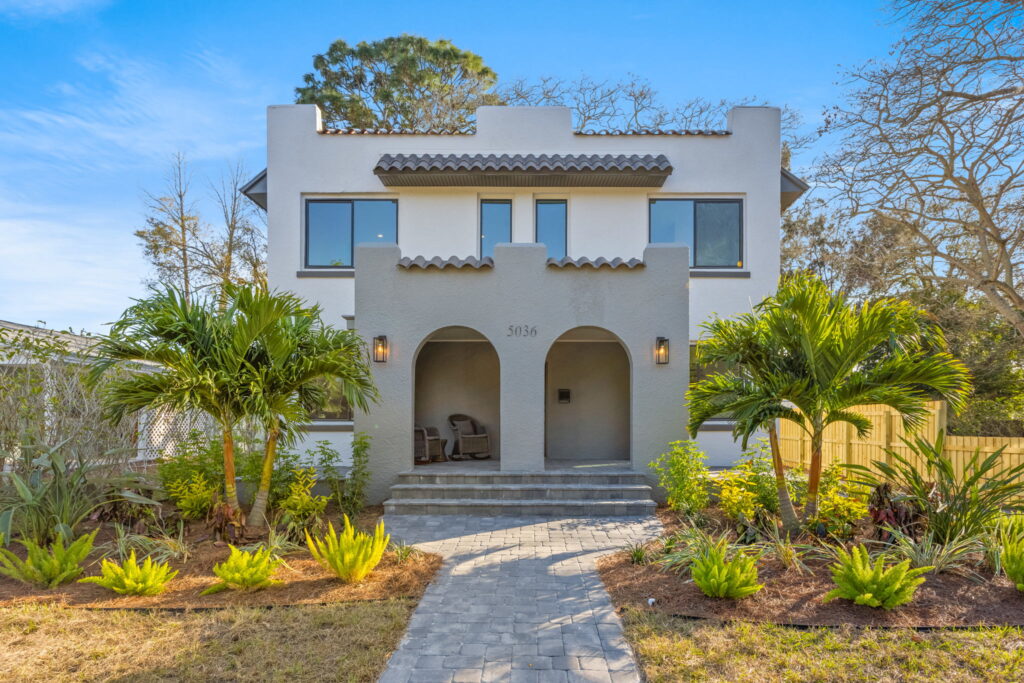
It might not have the centuries-long history that many other cities boast, but St. Pete, Florida’s architectural uniqueness is a sight to behold.
When an outsider thinks about our city, beaches and good times are usually the first things that come to mind.
But to their surprise, also buried deep in the annals of St. Pete, Florida, is a rich and diverse architectural history that few outside of the Sunshine City have any clue existed.
The city of Saint Petersburg, Florida is rich in history and is home to many examples of historic architecture. Founded in 1888, it has a long and varied architectural history that dates back to the turn of the 20th century.
The city’s founders, John C. Williams and Peter Demens, were both early pioneers of the railroad industry. They were responsible for the construction of the first railroad line in the area that connected Tampa to St. Pete, which allowed for a greater influx of people and goods into the city. The population began to rapidly grow, with many new residents originally hailing from other areas of the US – which provided a strong foundation for the city’s architectural profile.
St. Pete’s location, early inhabitants, and the era which it was founded in all set the stage for architectural flare.
St. Pete’s early architecture was heavily influenced by the Beaux-Arts and Victorian styles that were popular in the late 19th century. Many of the city’s historic homes, churches, and commercial buildings feature the distinctive ornate details of these styles. The city also contains many examples of the Mediterranean Revival style – a style that reflects the Mediterranean influences of the city’s founders, Demens and Williams.
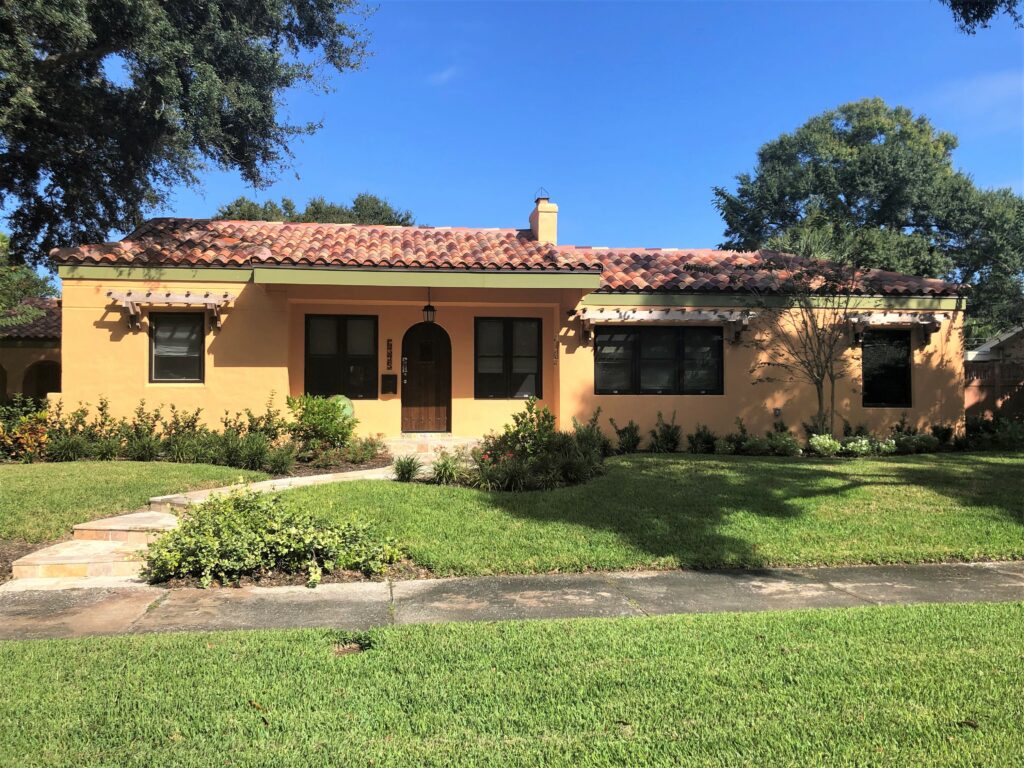
In the early 20th century, the city began to experience a period of growth and development. This period saw an influx of new architectural styles, including Art Deco and Art Moderne. During this time, many of the city’s classic buildings were built, such as the Historic Vinoy Hotel and Sunken Gardens.
In the mid-20th century, Saint Petersburg saw the rise of the modernist and mid-century modern architectural movements. These movements saw the emergence of flat-roofed, boxy buildings with clean lines and geometric shapes. This style of architecture is still visible in the city today in the form of the iconic Vinoy Park and other structures.
Past meets present: St. Pete’s neighborhoods today reflect the city’s rich history while providing a glimpse to the future.
Drive around the Sunshine City today and you’ll see this historical development in full force, mixed in with a reflection of today’s more popular styles. St. Pete’s recent housing boom has led to a number of new construction and whole home renovation projects – some completely reflecting newer styles, with others attempting to maintain the flare of the original structure.
This transition is on full display in the Old Northeast neighborhood. Located just north of downtown St. Pete, the neighborhood boasts many homes originally built in the early-to-mid 1900s and is lined by its trademark brick streets. Many of the original structures were built as bungalows, and in the Craftsman architecture style that was becoming increasingly popular at the time. Fast forward to today, and you’ll find that a lot of the homes still maintain this authentic flare but have been updated to include “Modern Craftsman” features.
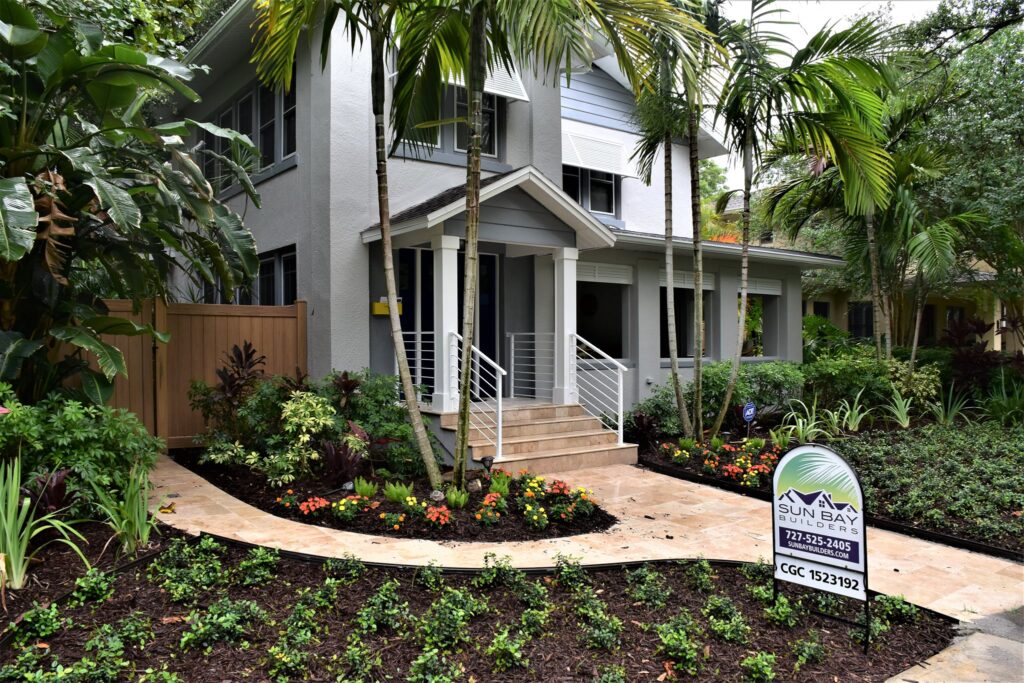
A few miles south in Old Southeast, you’ll find the same type of transition but with more of a coastal flare. With many of the homes in this neighborhood being on or near the water, much of the original architecture was done in the Coastal style – with recent updates building it up to more of a “Coastal Contemporary” feel.
Mediterranean-style architecture is highlighted in a couple of different locations around St. Pete. In the Venetian Isles neighborhood in the northeast of the city, the style is plentiful amongst the canal-lined streets, as are the neighborhood’s mandated clay tile roofs. The Mediterranean style is also prevalent on the city’s west end in the Jungle Prada and Jungle Terrace neighborhoods.
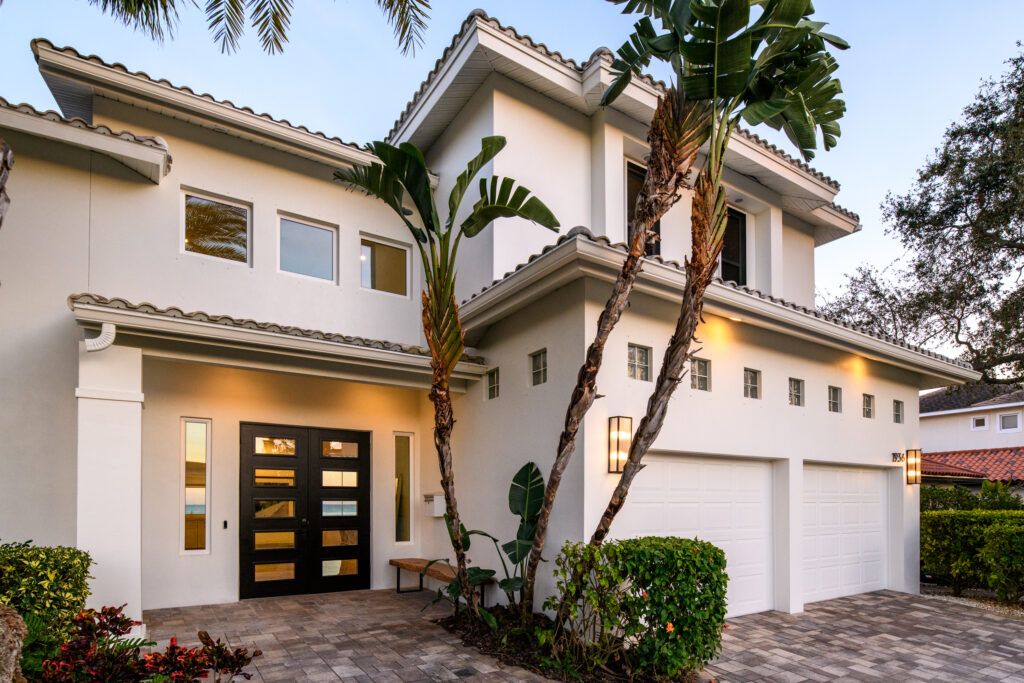
Other neighborhoods that strongly exemplify St. Pete’s architectural diversity include the following:
- Modern and Contemporary architecture in Snell Isle
- Craftsman-style bungalows in Historic Kenwood
- Mid-Century and Spanish Revival architecture in the Pink Streets
- Colonial Revival and Craftsman in Euclid St. Paul’s
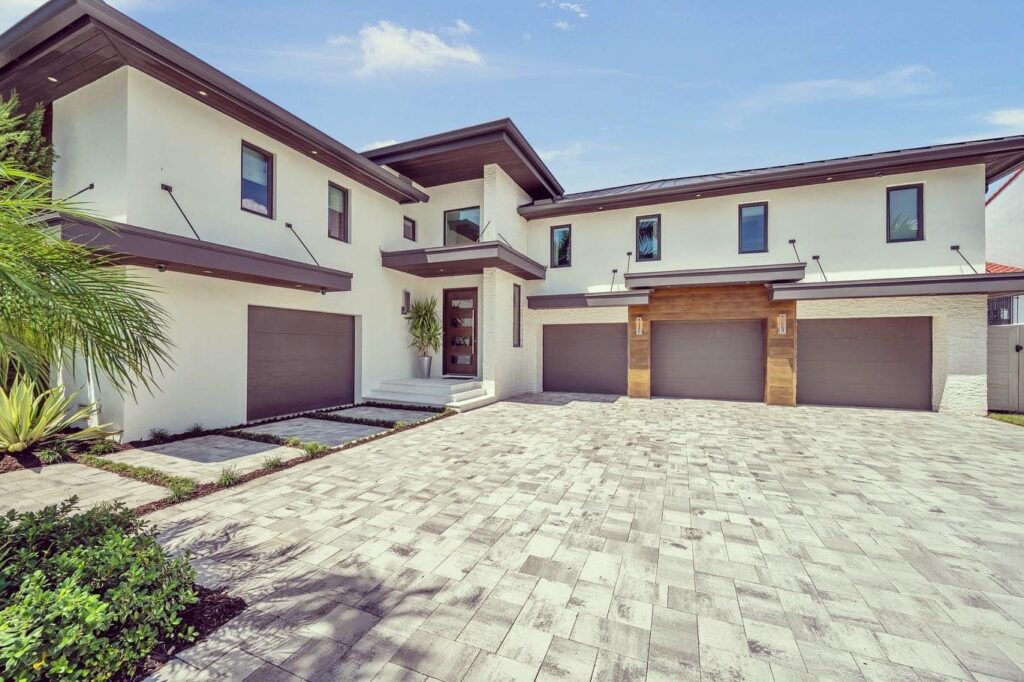
For fans of architecture, St. Pete really has so much to offer between its many homes and commercial buildings. Take a drive around the city and see for yourself!







